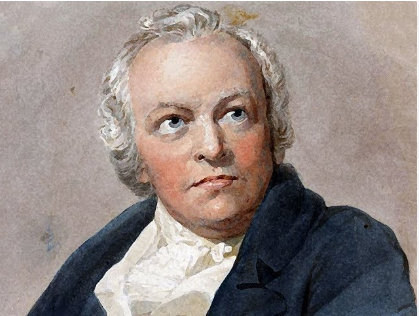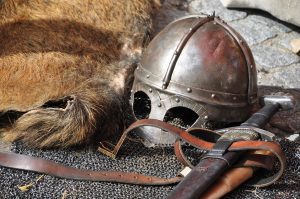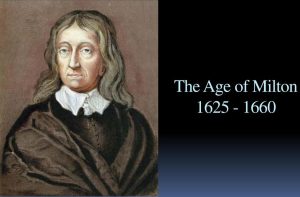WILLIAM BLAKE 1757-1827
William Blake was born in 1757, son of a London’s hosier who kept a draper’s shop. He got his primary education at school, but later on he was apprenticed to James Basire, engraver to the society of Anglicans. It was as an engraver that he lived and earned.

From childhood he had curious visions. He claimed that he could see God putting his head out of a window, angels perching on a tree. In his youth, William Blake was employed by Hayley the poet, to illustrate his book life of Cowper. His life was simple yet profound as a poet. He died in 1827, leaving a vast mass of drawings and a large number of poems.
His Works
William Blake is regarded, as one of the greatest visionaries of English literature, and art. His place in literature, is somewhat midway between a metaphysical and a romantic poet. This can be seen clearly from his poems, in which we perceive his quick imagination, having a close relationship with mystery, strangeness, and romanticism.
His earliest poems are contained in “Poetical Sketches“. In 1789, he published his Songs of Innocence, in which he first showed the mystical cast of his mind. Their underlying theme, is the all-pervading presence of divine love, and sympathy even in trouble and sorrow. ‘The Book of Thel appeared the same year and its theme is similar. ‘Marriage of Heaven and Hell’ has his satire. He takes up his revolutionary position, and his ‘The French Revolution‘. ‘The Songs of Experience’, have marked contrast with ‘The Songs of Innocence’.
Besides his poems, William Blake engraved this verse in designs in an illustrious way, and this reveals his greatness as an artist. His poetry has the sweetest beauty. In his verse there is a great use of symbols. However, his ideas are found in harmony with ethical and spiritual tendencies. Despite all this, it is not easy to understand, and to apprehend his real meanings due to the whirling of his words. It makes him a bit difficult poet to understand.
To sum up, his genius was many-fold. We find in him the intensity of feelings and imagination. He had a mystical view of every object he perceived. Along with his mysticism, there was a tint of religion too in his verse.
Read More
Wordsworth and His Treatment Of Nature
Wordsworth and His Love for Nature
Introduction to Fiction and Non Fiction
Of Death — Francis Bacon (Text)
Of Truth Critical Analysis by Sir Francis Bacon
Of Truth by Francis Bacon Summary
Visit Us on our Facebook Page:





